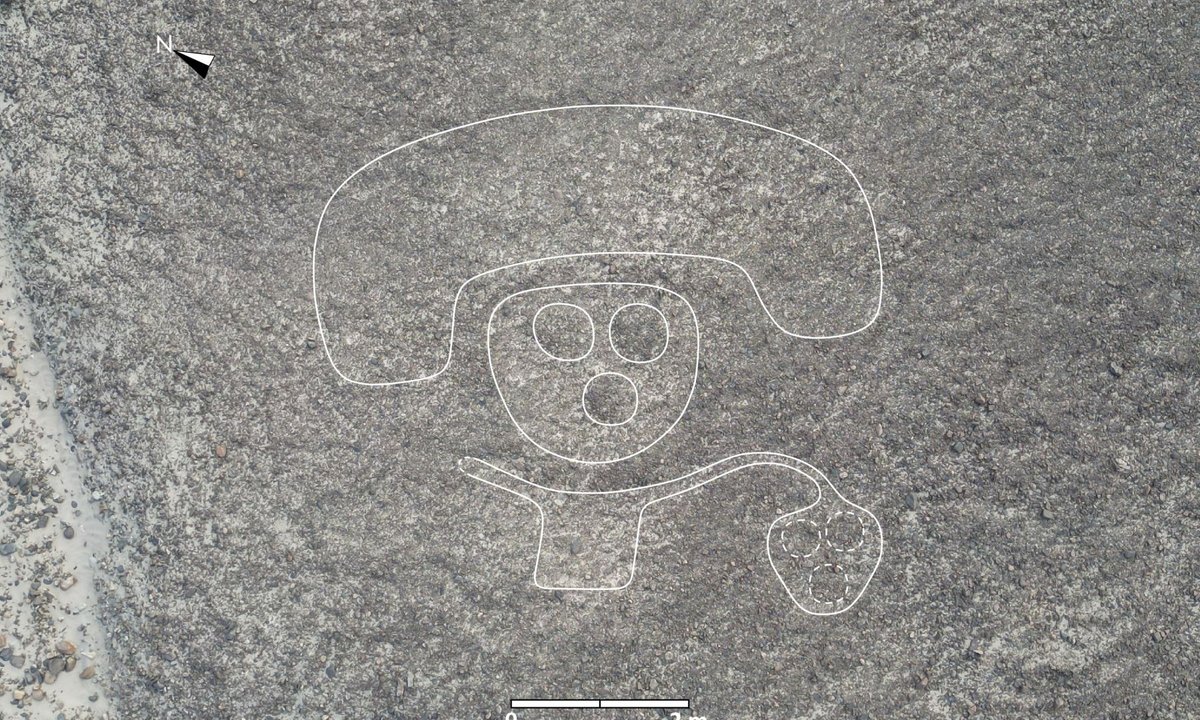
"The recent discovery of 248 new geoglyphs in the Nazca Lines, including depictions of human sacrifice, highlights the extensive work of the Nazca civilization."
"The geoglyphs are not random; their locations suggest they served as ritual expressions and mapped collective memory, transmitting symbolic messages."
"Artificial intelligence has transformed archaeological research, helping to analyze aerial photographs and identify areas with a high likelihood of geoglyphs."
"The Nazca civilization's geoglyphs, dating back at least 2,000 years, provide insights into their beliefs and rituals while illustrating the impact of technological advancements."
A team from Yamagata University and IBM discovered 248 new geoglyphs among the Nazca Lines, emphasizing the civilization's historical significance and the transformative power of artificial intelligence in archaeology. The geoglyphs, created over 2,000 years ago, include 160 figurative and 88 geometric motifs, revealing insights into ancient rituals. Notably, some depict human sacrifice. The strategic placement of these designs suggests they were used for ritualistic purposes and collective memory. Previous studies have progressively unveiled more geoglyphs, enhanced by satellite imagery and, more recently, artificial intelligence, which has revolutionized the discovery process.
Read at The Art Newspaper - International art news and events
Unable to calculate read time
Collection
[
|
...
]